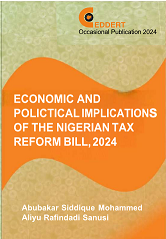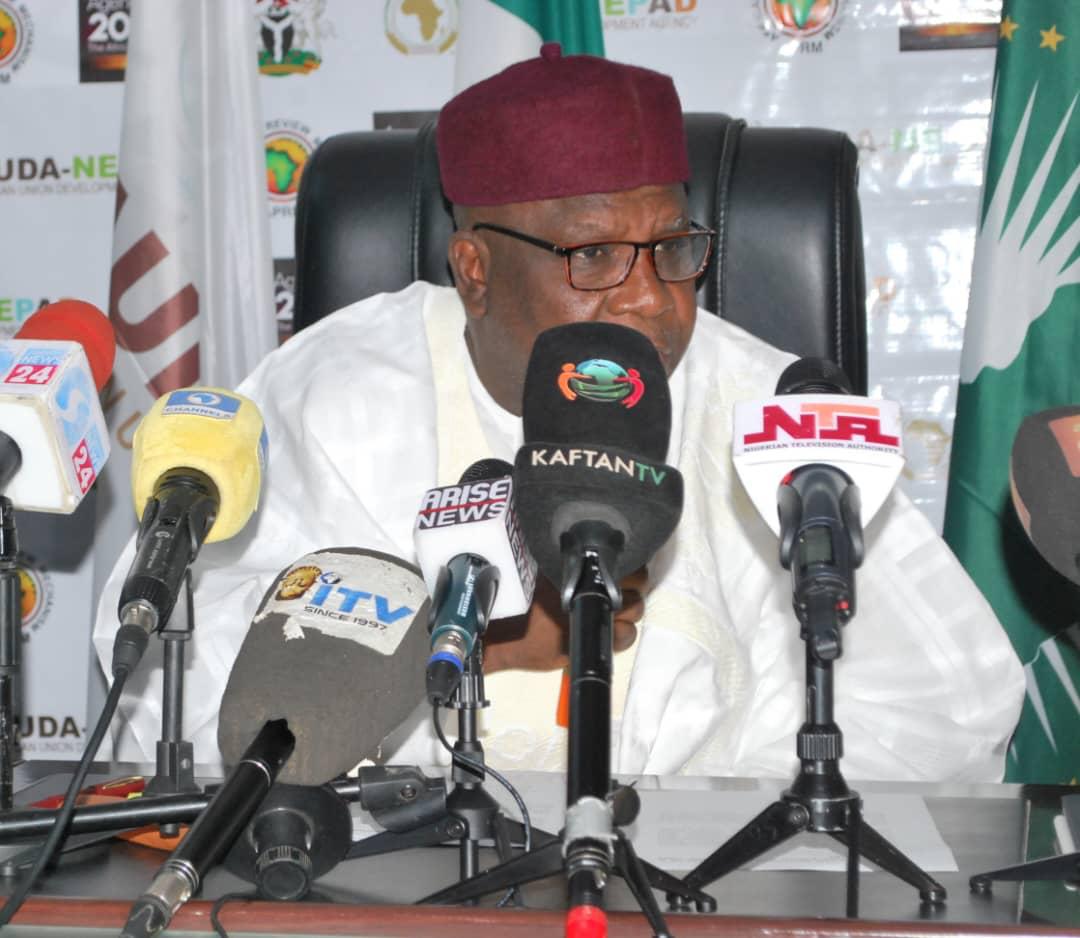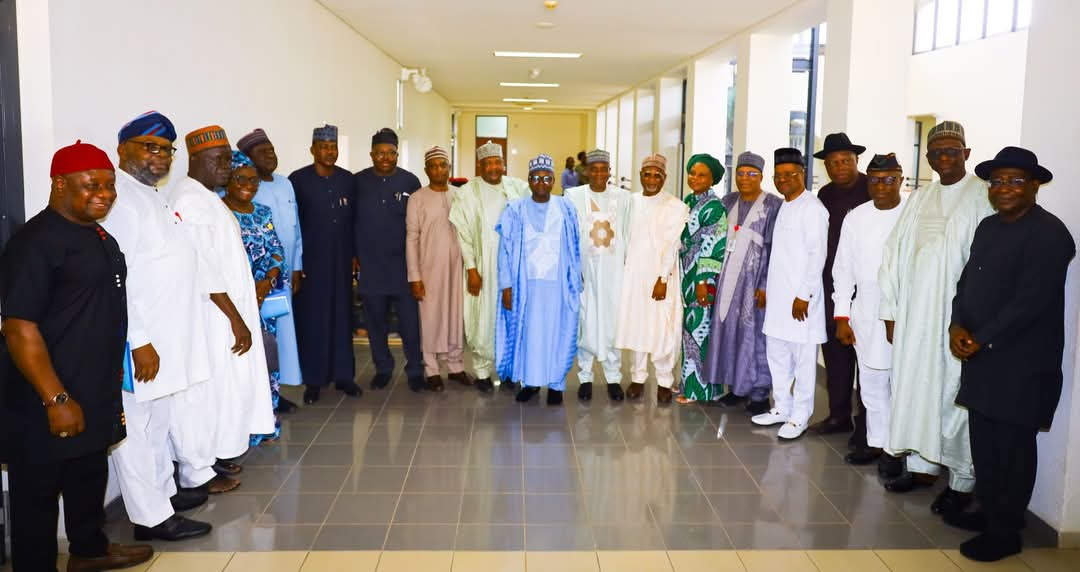Social Media and Traditional Media: A Transformative Relationship Shaping the Future of News

- Katsina City News
- 03 Apr, 2024
- 1090
Recently, I came across an announcement by Deutsche Welle (DW) Hausa Radio that it will stop transmitting its Hausa Programs on the Shortwave (SW) frequency channel. Instead, it will continue to broadcast through its local partner stations on the FM Radio throughout West Africa and through its various platforms on the social media.
Explanation on DW's decision
This decision cast my mind on the gradual but noticeable paradigm shift by traditional media towards the use of the social media in its operations.
Social media has had a significant impact on the practice of traditional media in several ways. One major change is the shift in content distribution. Traditional media outlets, such as DW, are adapting to this shift by utilizing social media platforms to reach a wider audience. For example, DW's decision demonstrates the recognition of the growing influence of social media in reaching their target audience.
Social media also allows for more interactive and immediate engagement with the audience. Traditional media used to have limited interaction with their audience, with communication limited to letters or phone calls. However, social media platforms provide a platform for direct engagement, enabling real-time feedback, comments, and discussions. This creates a more dynamic and engaging relationship between media outlets and their audience.
Additionally, social media has given rise to citizen journalism, where individuals can share news and information in real-time. This has challenged the monopoly of traditional media in reporting news events. With the widespread use of smartphones and social media platforms, anyone can become a content creator and share their perspectives, breaking news, and images. This has forced traditional media outlets to compete with citizen journalists and adapt their reporting practices.
Furthermore, social media has transformed the way news is consumed. With the rise of social media algorithms, individuals have greater control over the content they consume. They can choose to follow specific news sources, topics, or individuals, creating personalized news feeds. This has led to a fragmentation of news consumption, where individuals are exposed to diverse perspectives and sources of information, rather than relying solely on traditional media outlets.
Aside from DW, there are several examples of traditional media outlets that have made similar shifts towards utilizing social media platforms. One prominent example is the British Broadcasting Corporation (BBC). The BBC has recognized the importance of social media in reaching and engaging with their audience. They have established a strong presence on platforms like Facebook, Twitter, Instagram, and YouTube, where they share news updates, videos, and engage with their viewers through comments and discussions. The BBC has also developed specific social media strategies to cater to different demographics and regions, ensuring a wider reach and engagement.
Another example is The New York Times (NYT), one of the leading newspapers in the United States. The NYT has embraced social media as a key component of their digital strategy. They actively share their news articles, videos, and multimedia content on platforms like Facebook, Twitter, Instagram, and LinkedIn. The NYT has also invested in creating engaging content specifically for social media, such as short videos, infographics, and interactive stories, to cater to the preferences of their social media audience.
Furthermore, Al Jazeera, a global news network based in Qatar, has also recognized the impact of social media on journalism. They have established a strong presence on social media platforms and actively engage with their audience through live streams, interactive discussions, and user-generated content. Al Jazeera also utilizes social media platforms for real-time reporting, breaking news updates, and citizen journalism contributions.
These examples highlight how traditional media outlets like the BBC, The New York Times, and Al Jazeera have embraced social media as an integral part of their media strategies. They have adapted their content distribution, engagement, and reporting practices to leverage the power of social media and reach a wider audience.
But not only is the traditional media making a paradigm shift and embracing the social media in its modus operandi but the profound change is gradually catching up at the individual and personal levels. Starting with my self observation, I've come to realize that I'm more inclined towards getting my news content through the social media rather than the usual traditional media.
A further observation reveals that even media owners, especially heads of governments in Nigeria are fast losing interest in the coverage of their activities from the traditional media in favor of the social media. This has resulted in the neglect of their own traditional media organizations to a more robust interest in the social media.
In summary, social media has changed the practice of traditional media by altering content distribution, enabling direct audience engagement, empowering citizen journalism, and transforming news consumption patterns. Traditional media outlets like DW are adapting to these changes by utilizing social media platforms to reach a wider audience and engage with their viewers in a more interactive manner.
The rise of social media and its impact on traditional media cannot be denied. It has brought about significant changes in content distribution, audience engagement, and news consumption patterns. Traditional media outlets like DW, BBC, The New York Times, and Al Jazeera have recognized the importance of social media and have adapted their strategies to include these platforms.
However, it is important to note that social media is not completely replacing traditional media. Rather, it is transforming the landscape and forcing traditional media to evolve and embrace new methods of reaching and engaging with their audience. Traditional media still holds a certain level of credibility and trustworthiness that social media platforms may lack. It continues to play a vital role in providing in-depth analysis, investigative journalism, and reliable news sources.
Moreover, while social media allows for immediate and interactive engagement, it also comes with challenges such as the spread of misinformation and the lack of editorial oversight. Traditional media outlets have the responsibility of fact-checking and providing accurate information to counteract these challenges.
In conclusion, social media is undoubtedly reshaping the practice of traditional media, but it is not replacing it entirely. The two can coexist and complement each other in providing diverse perspectives, real-time updates, and engaging content to the audience. It is up to traditional media outlets to adapt and leverage the power of social media to stay relevant in the ever-changing media landscape.





